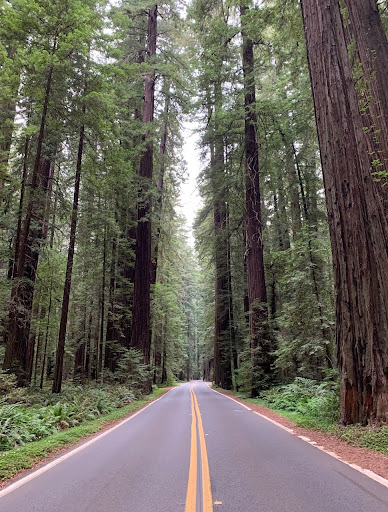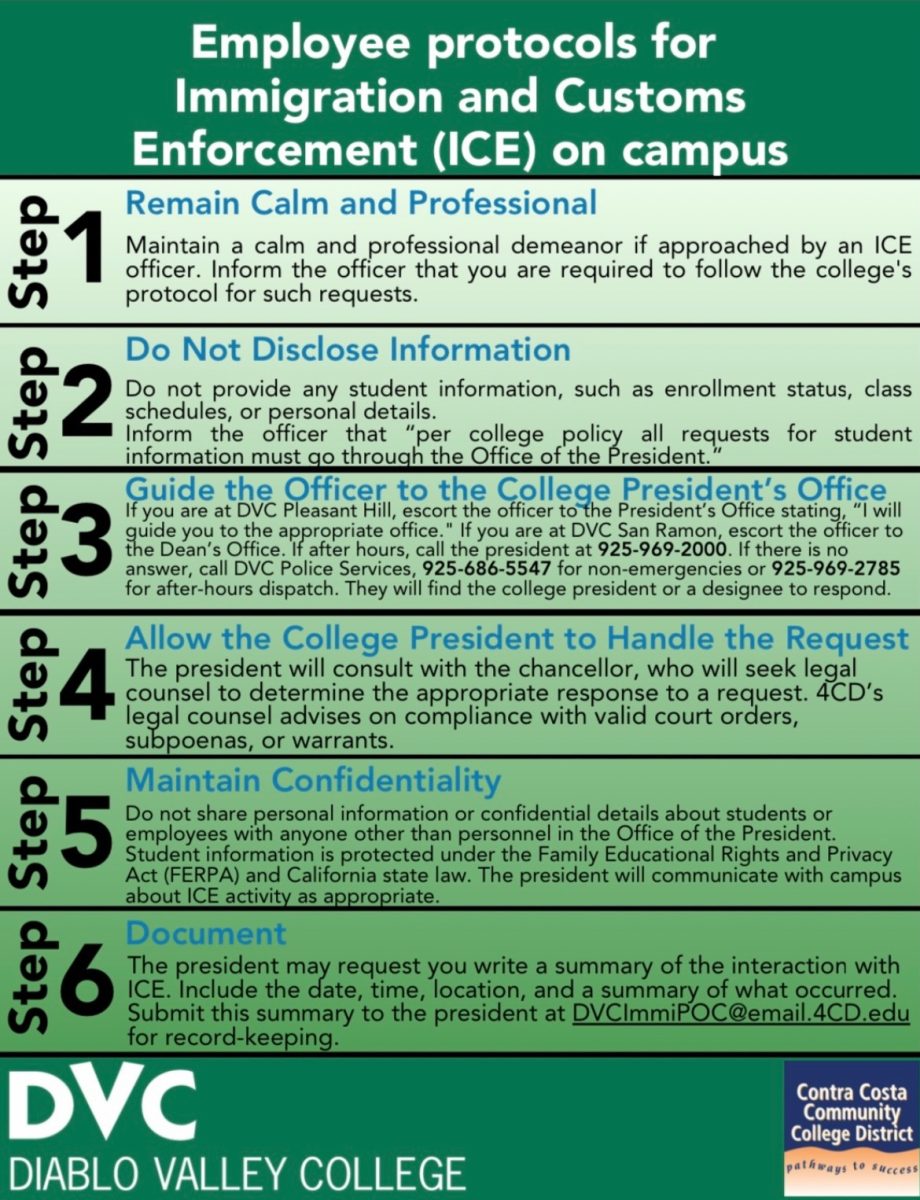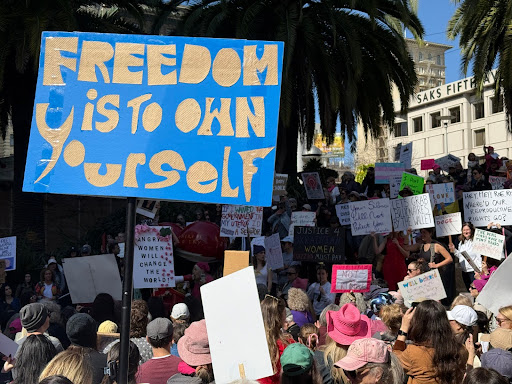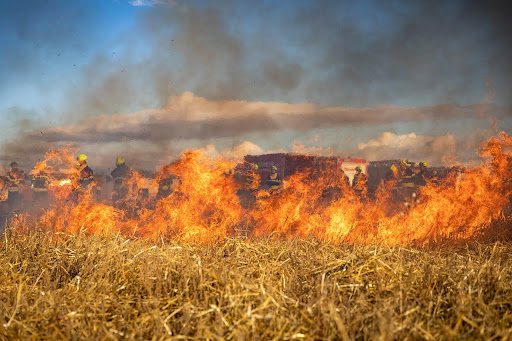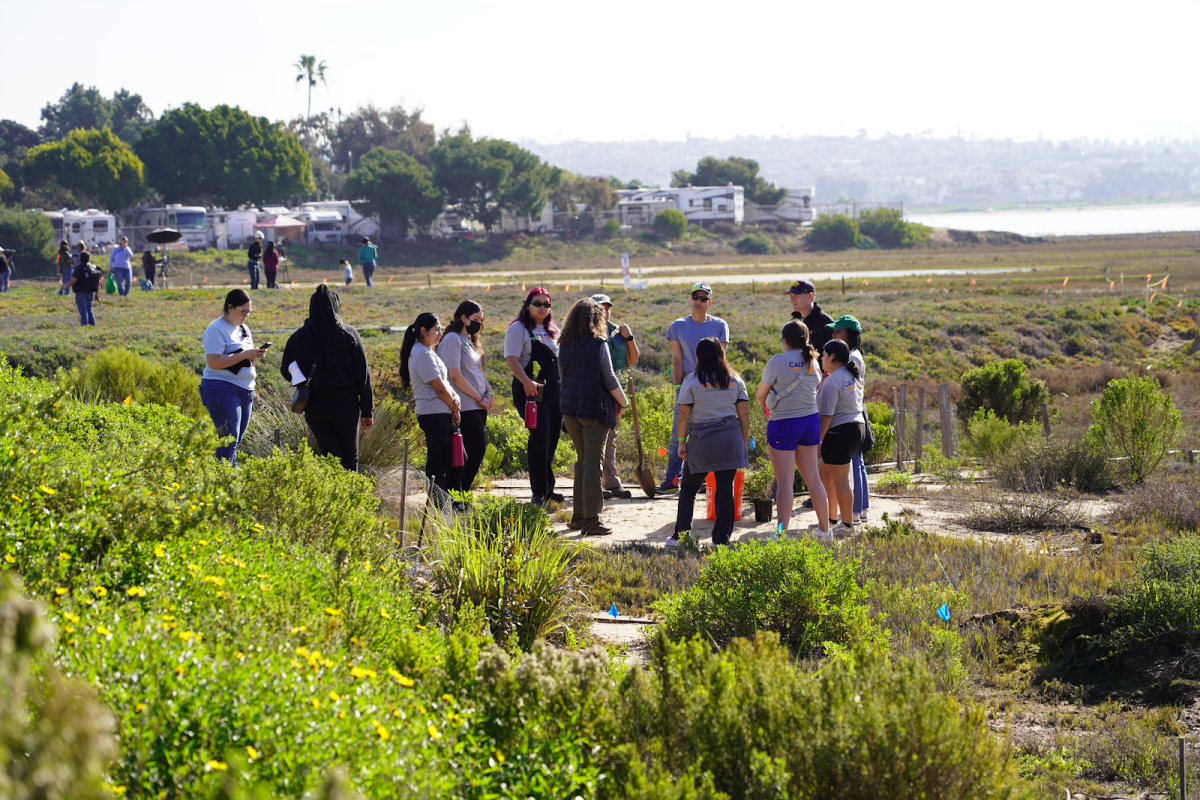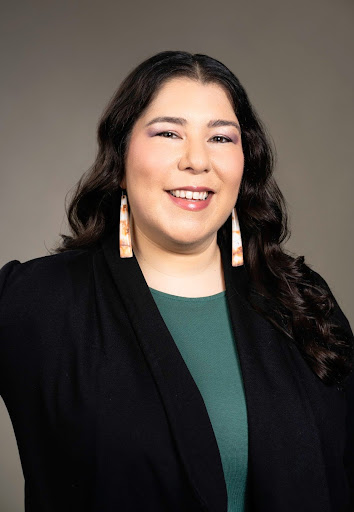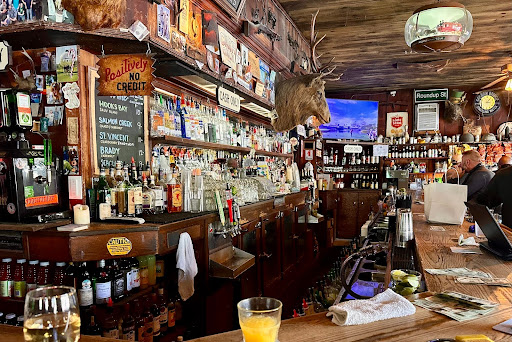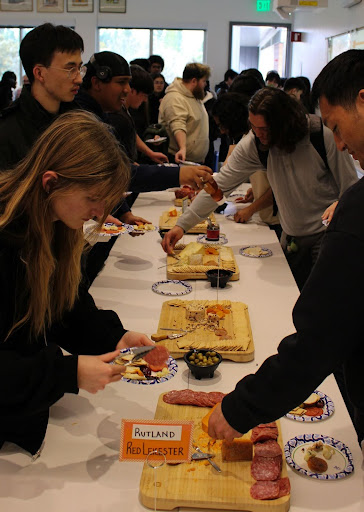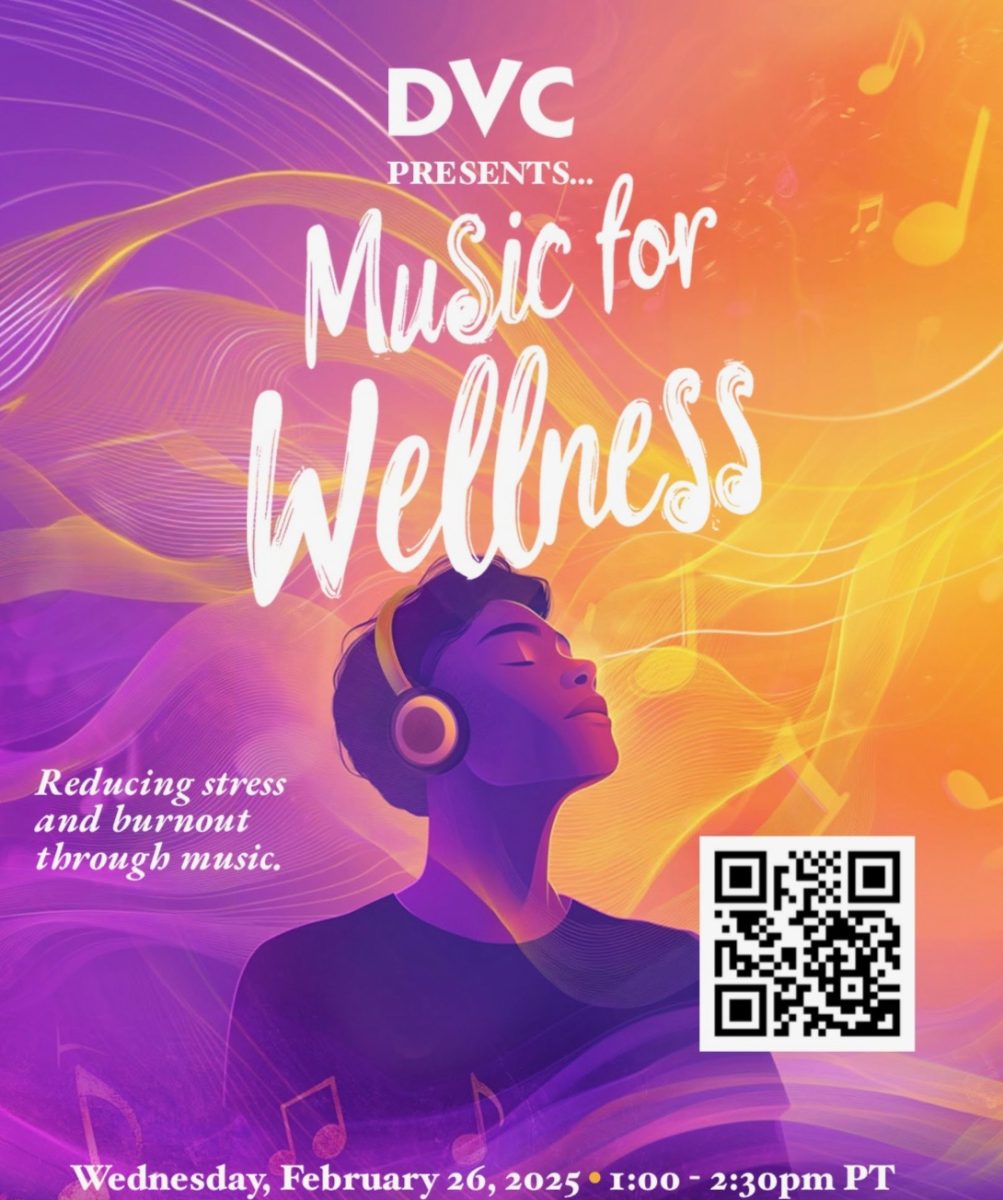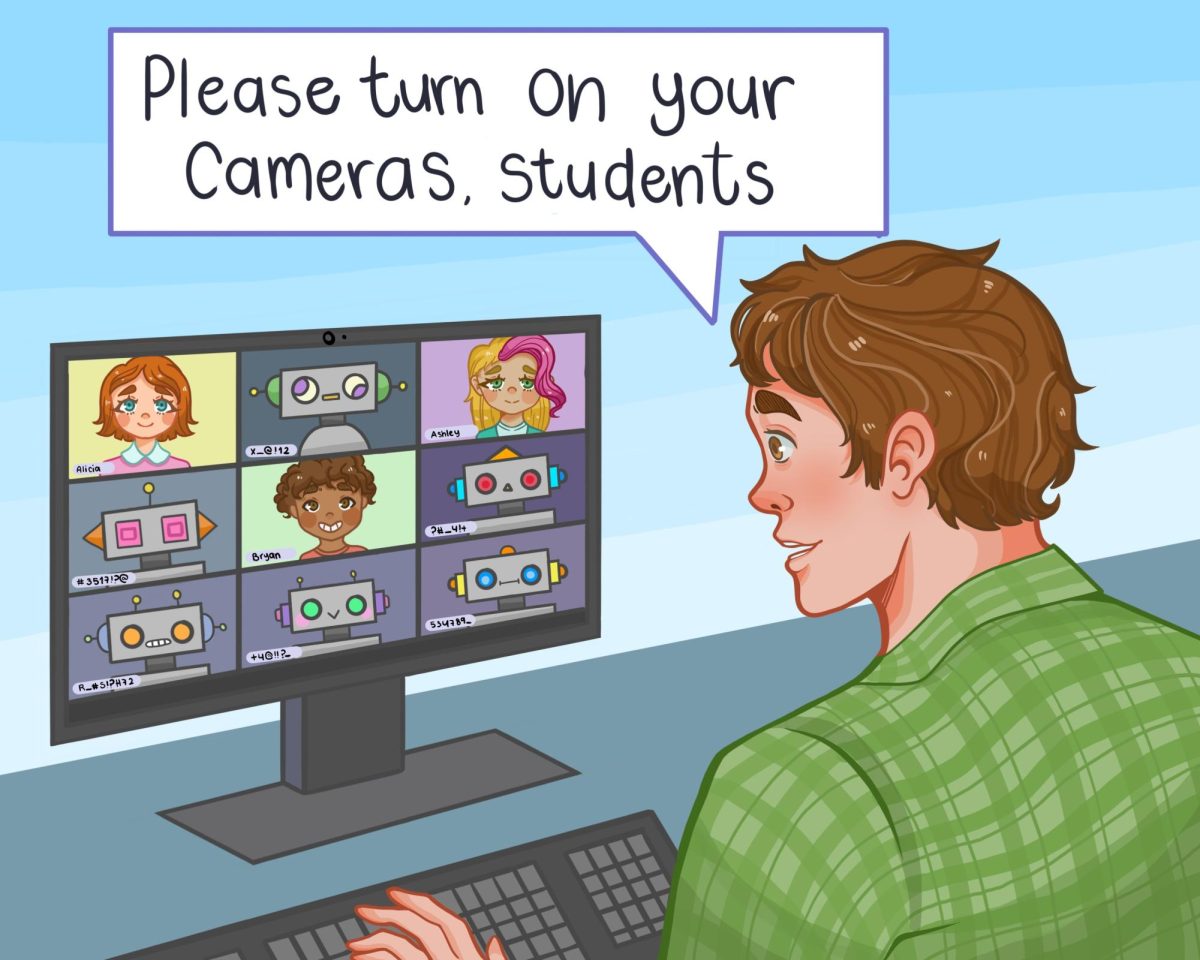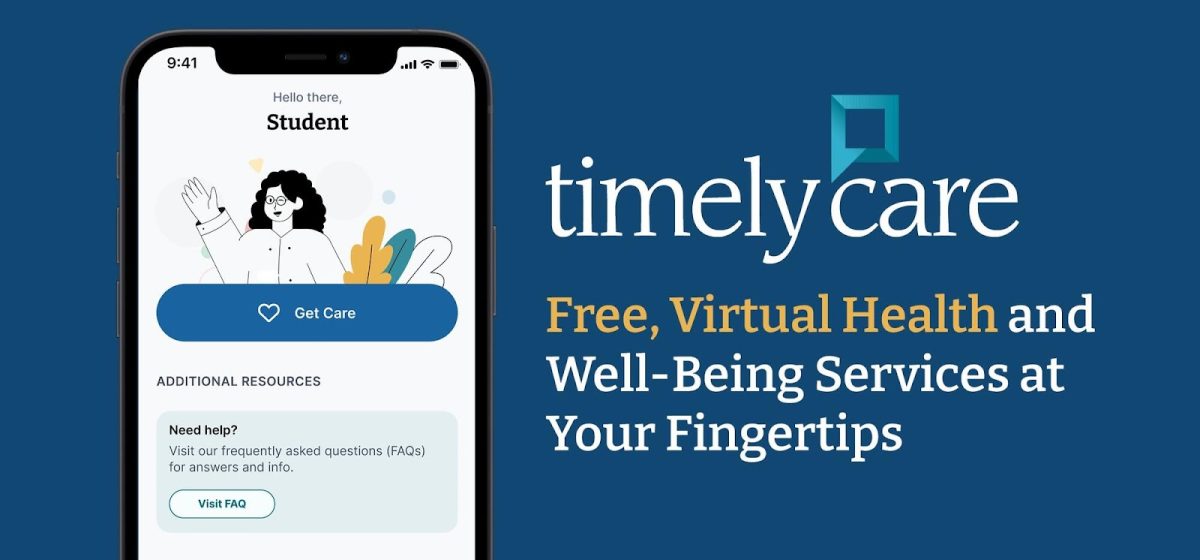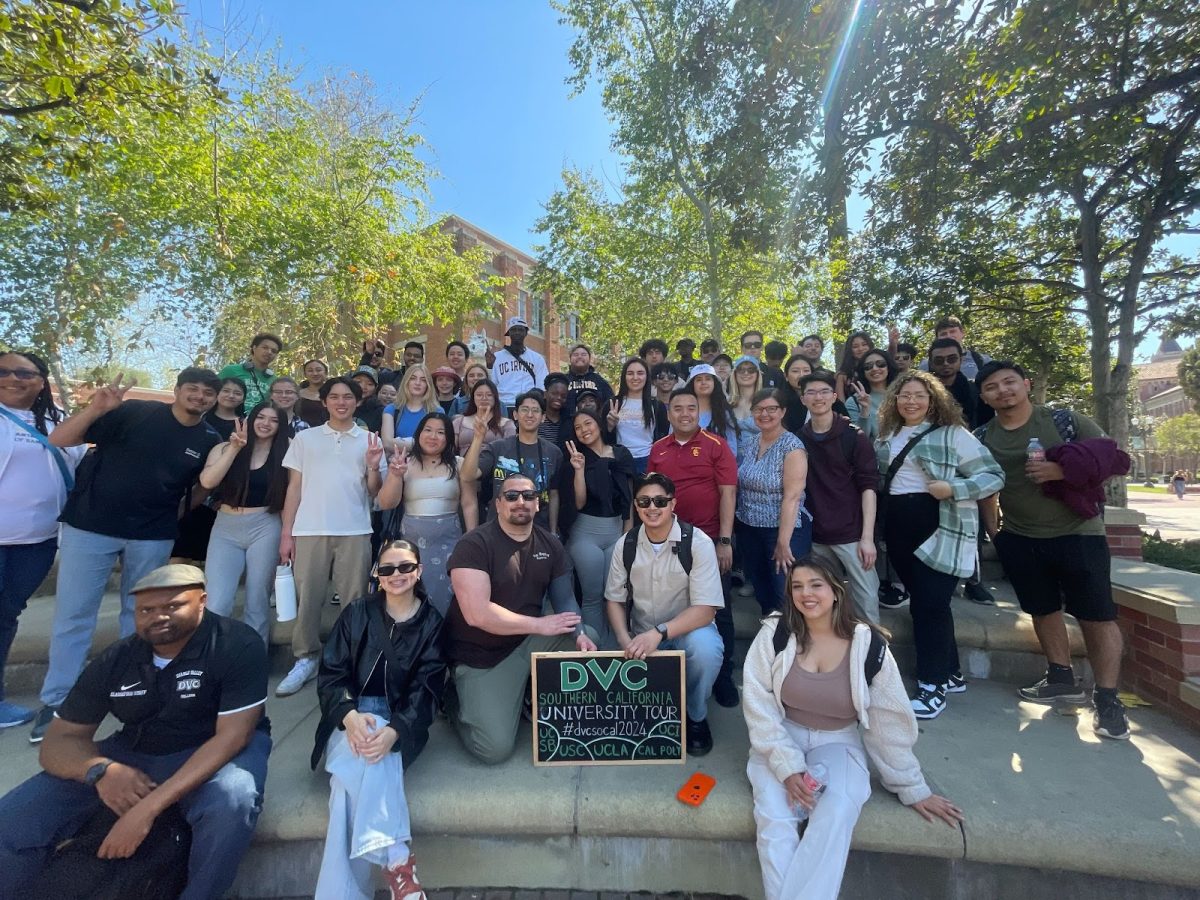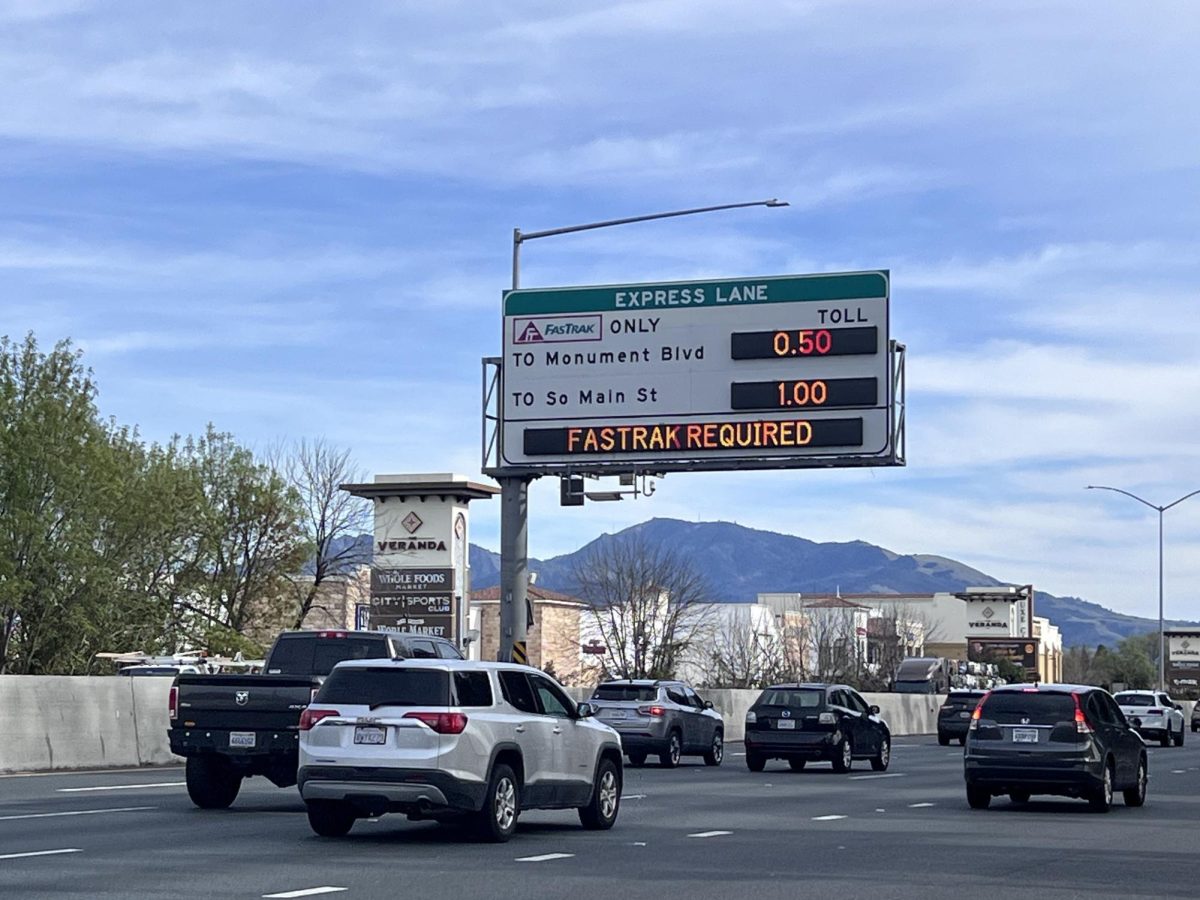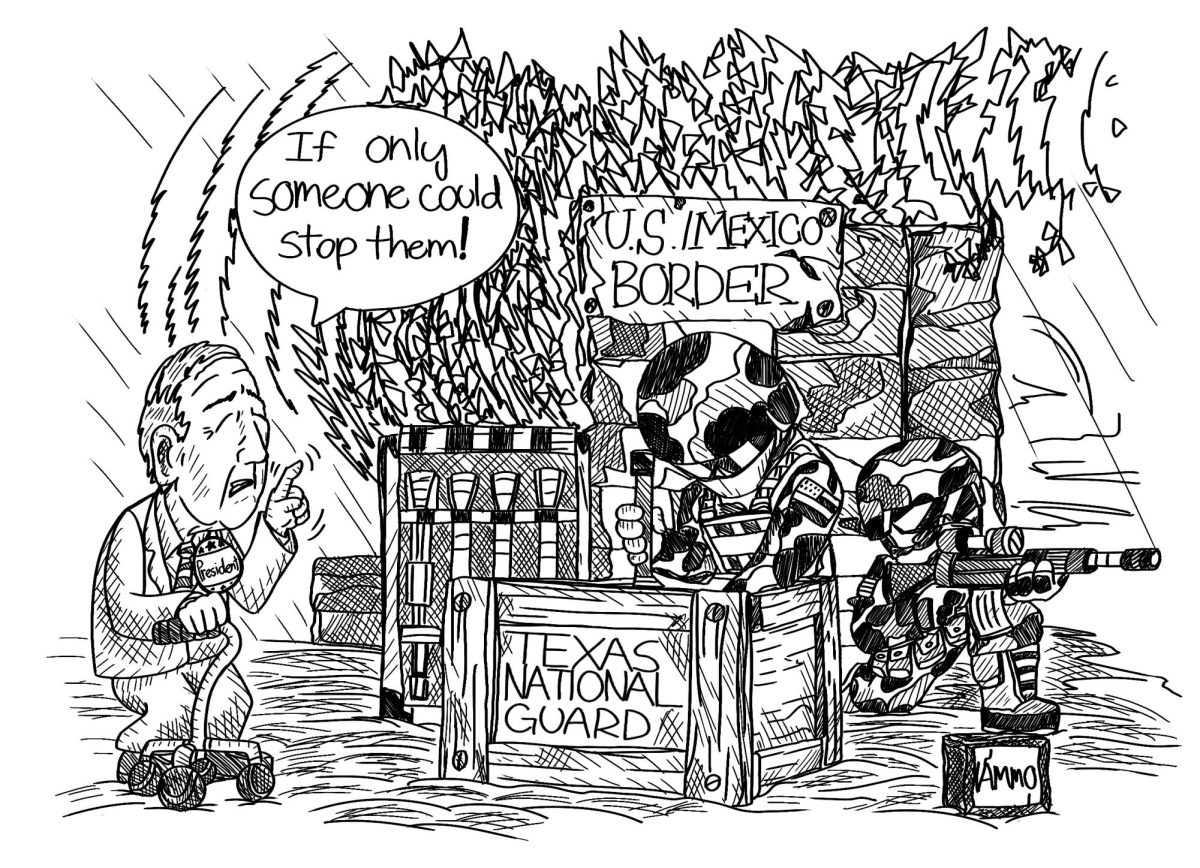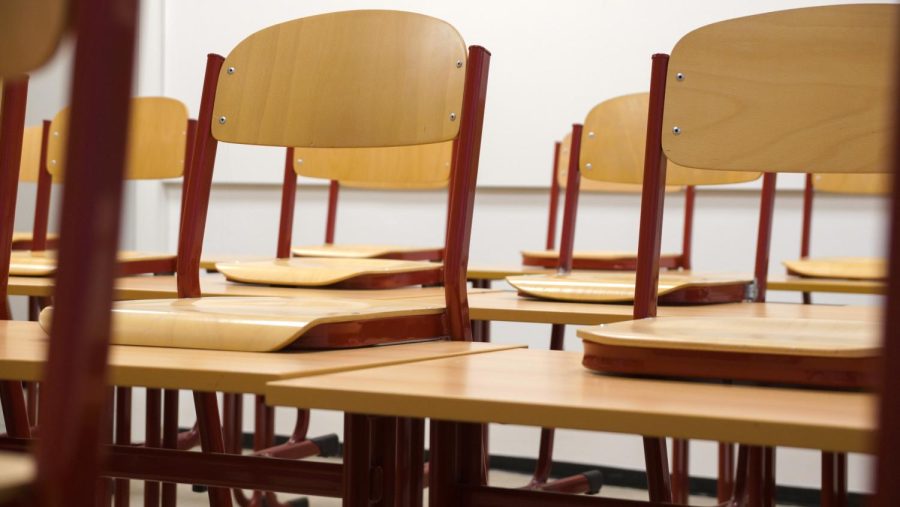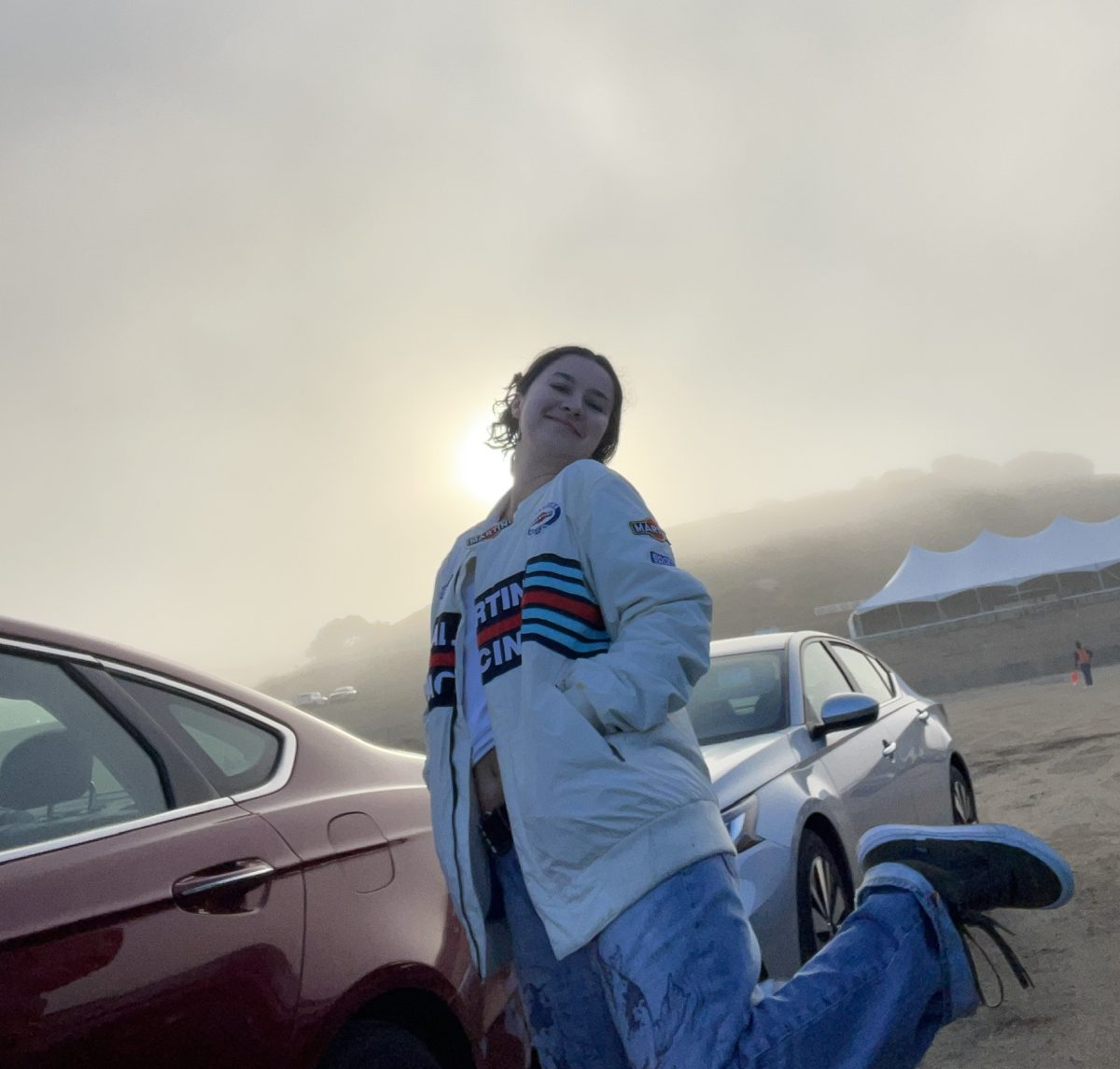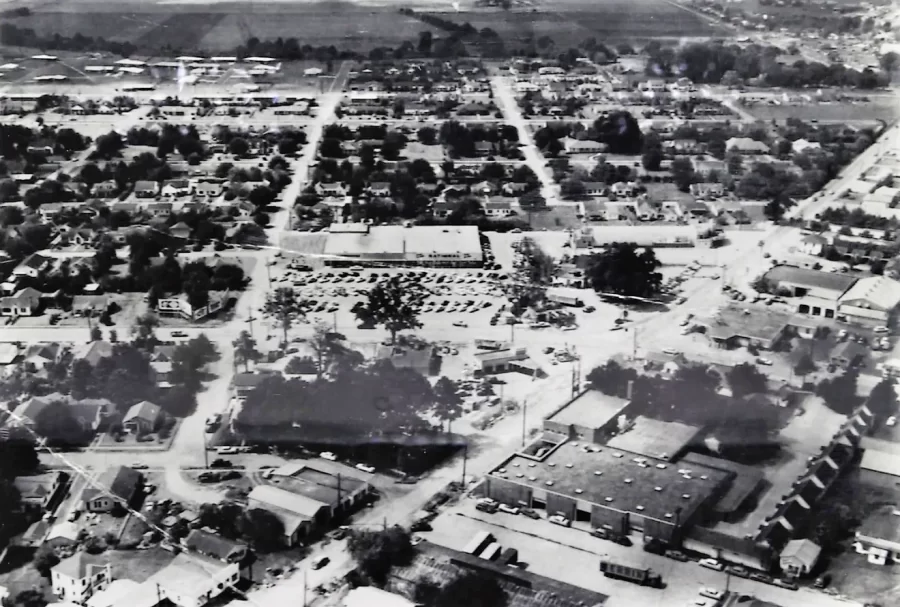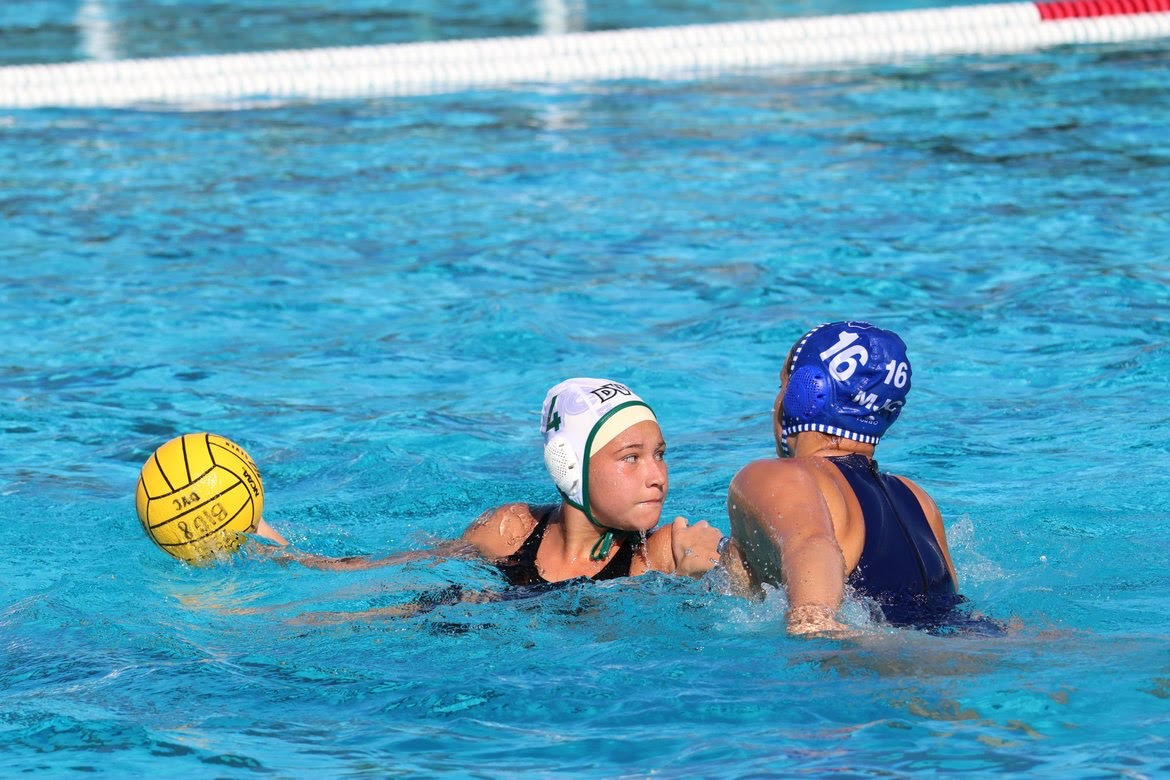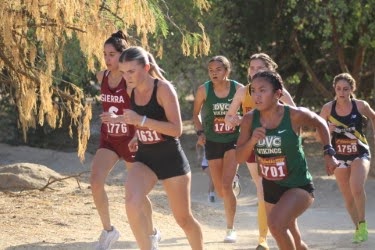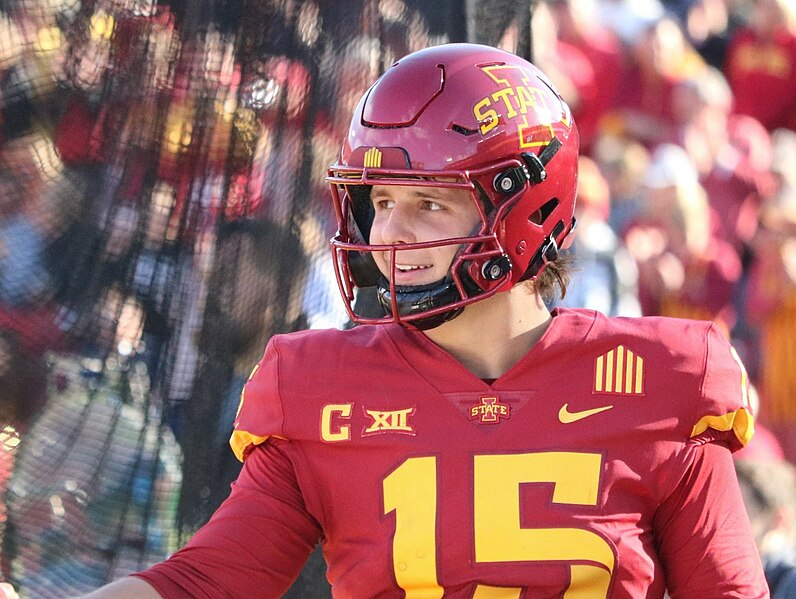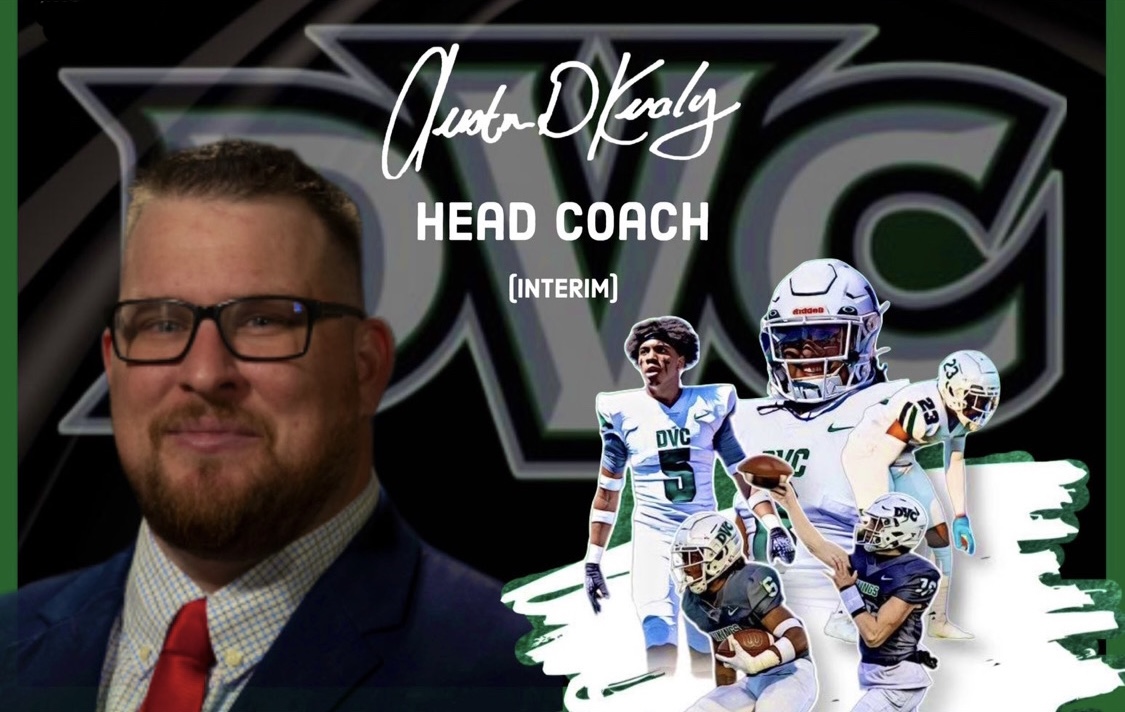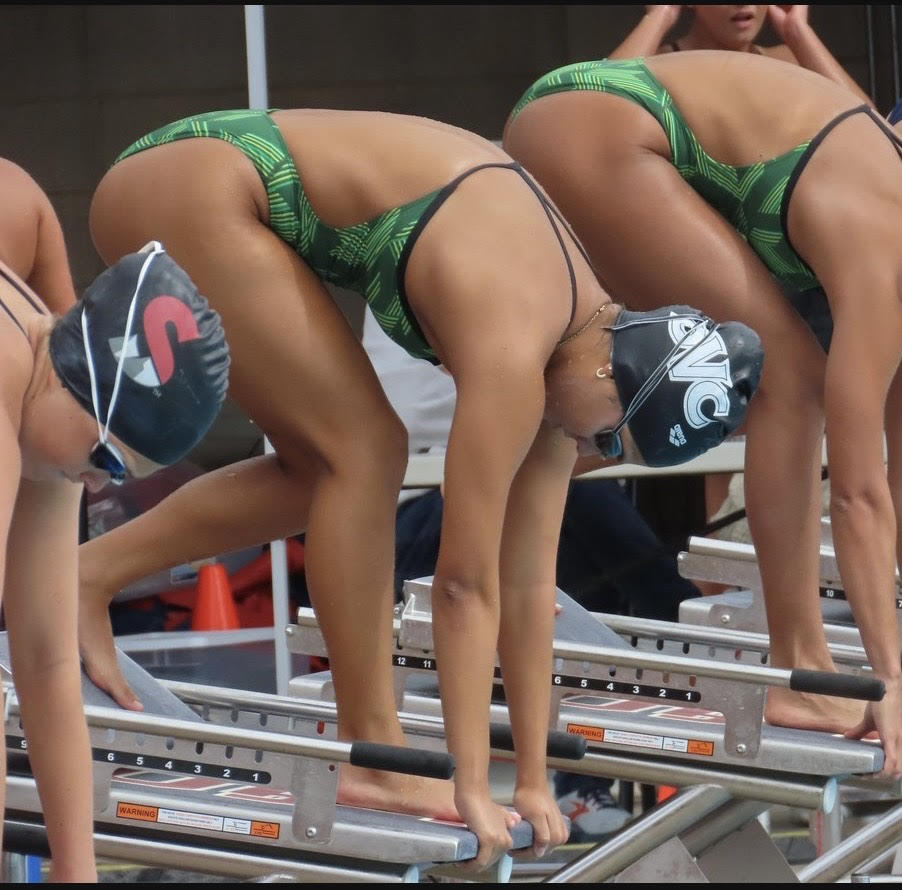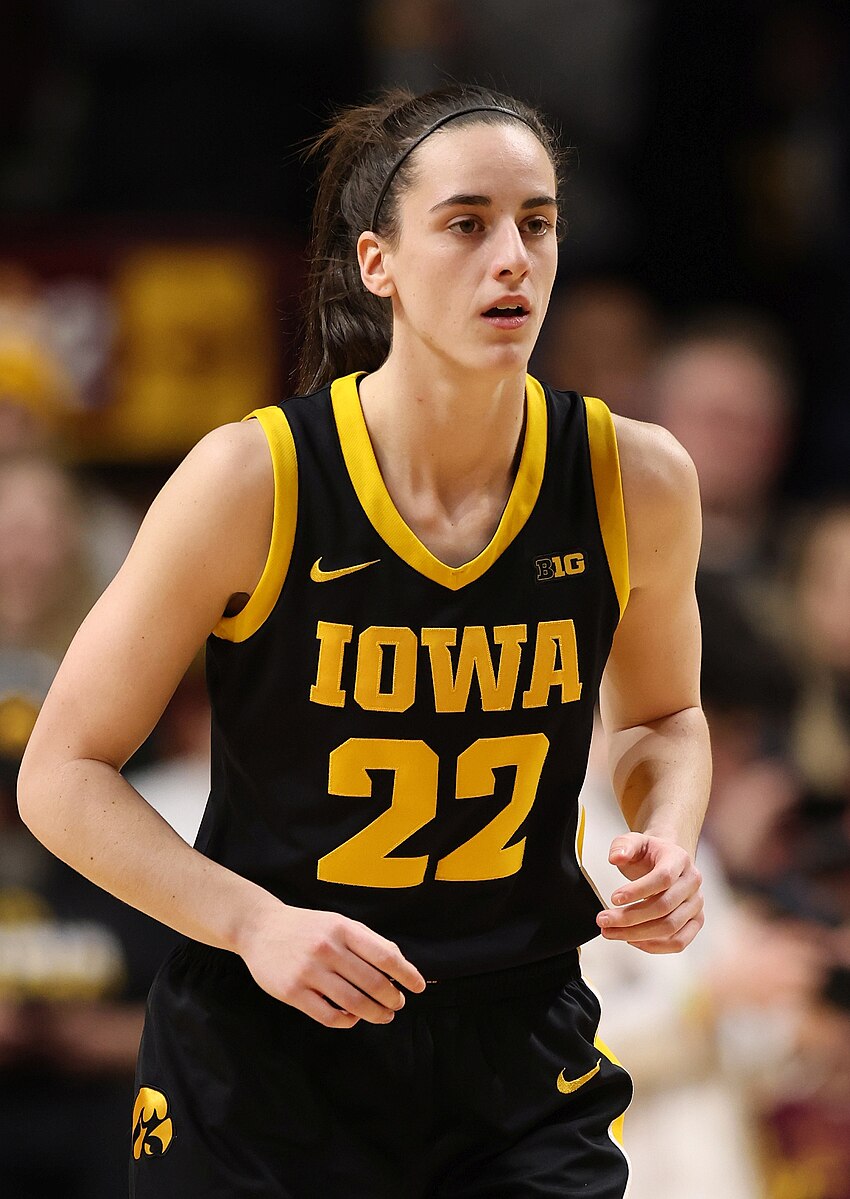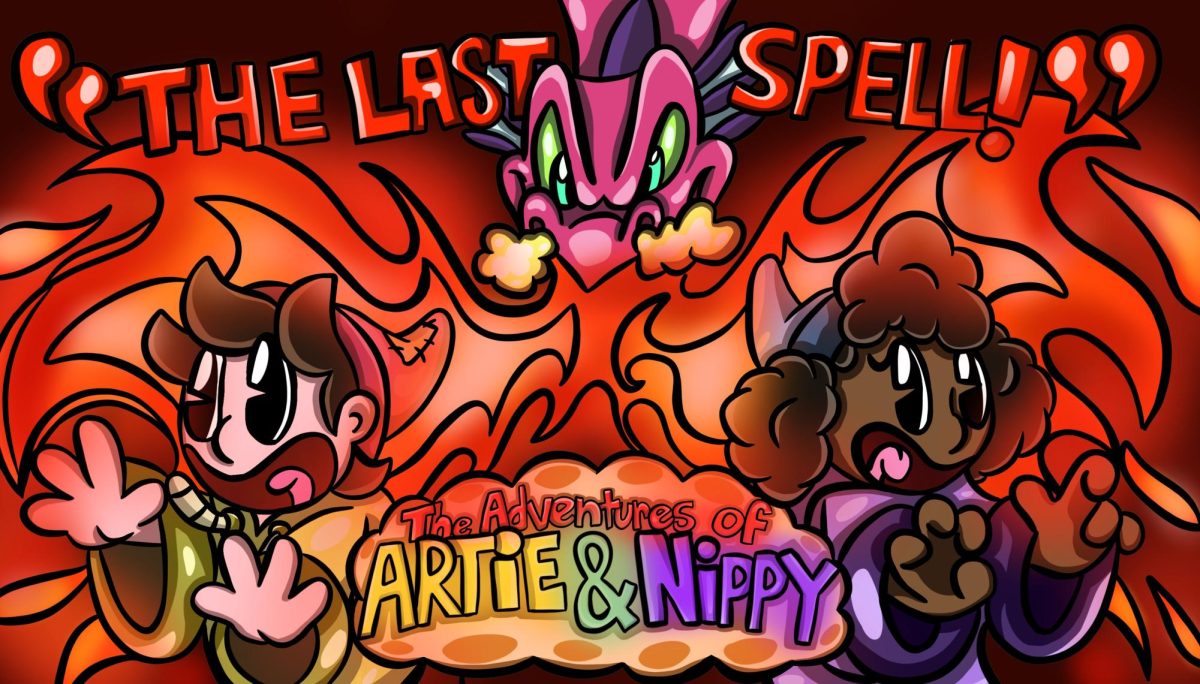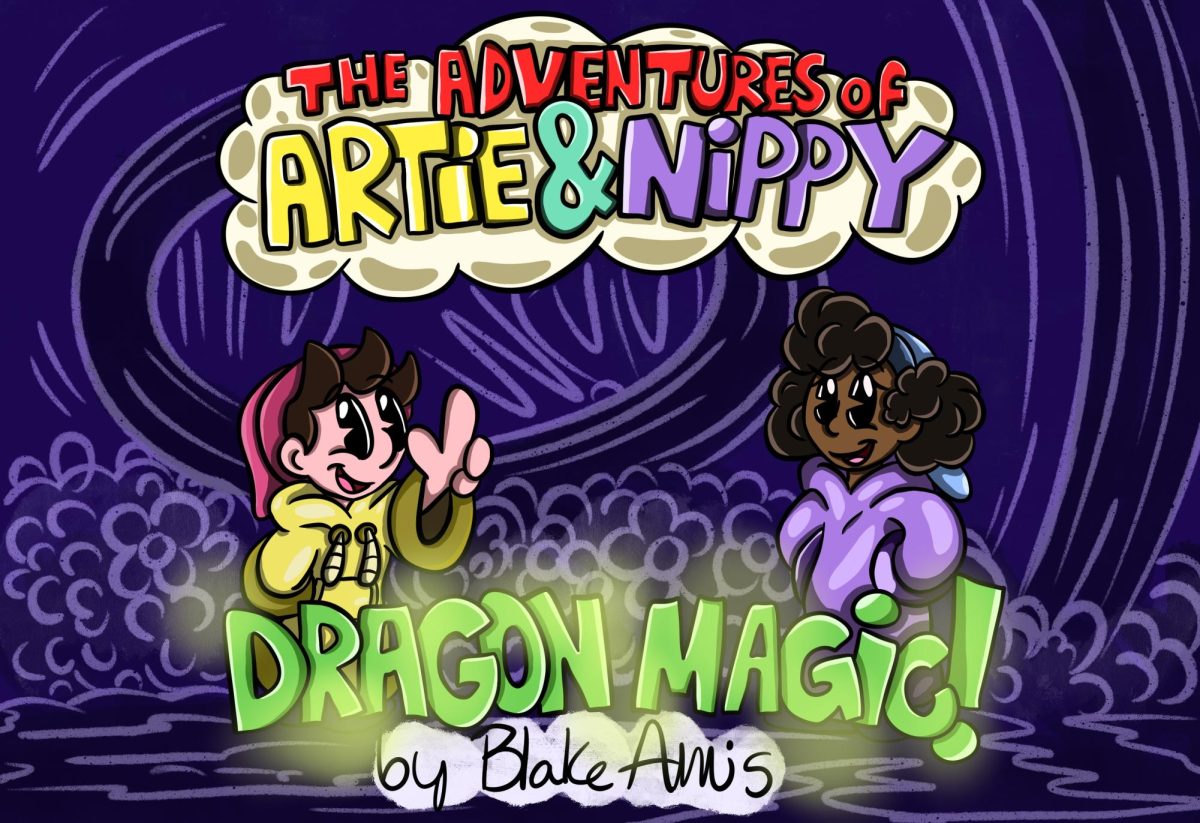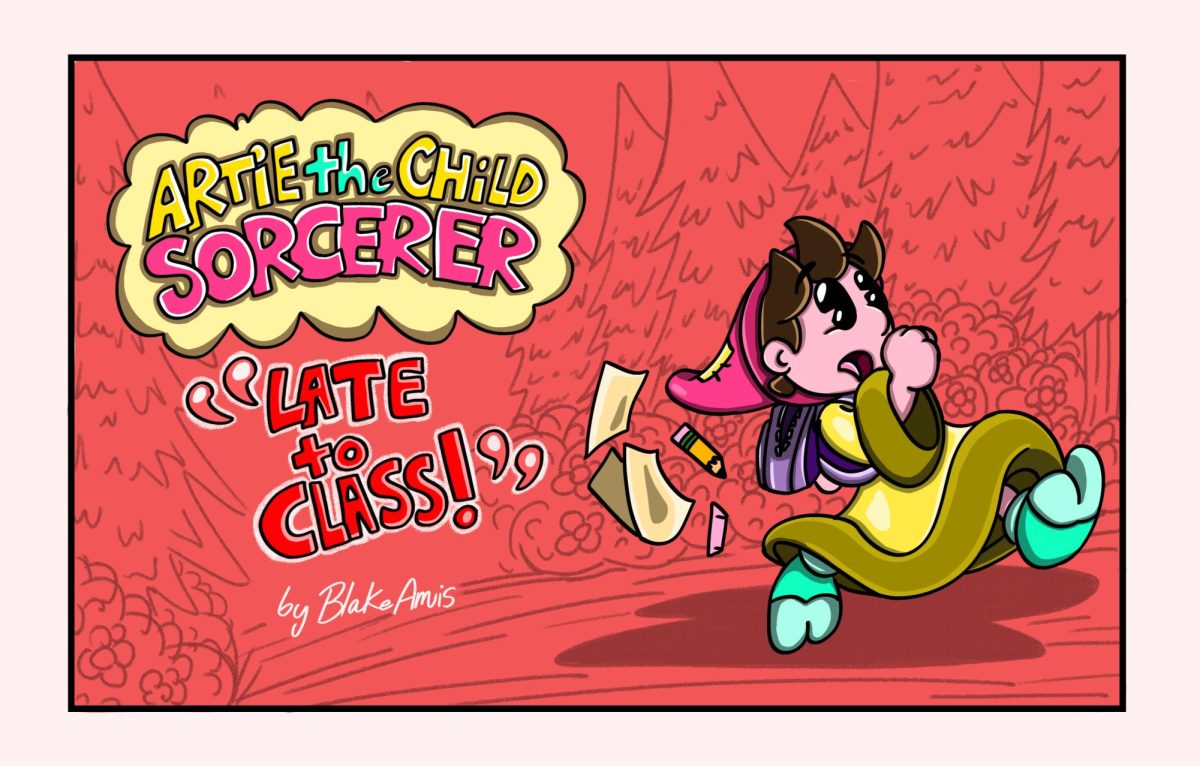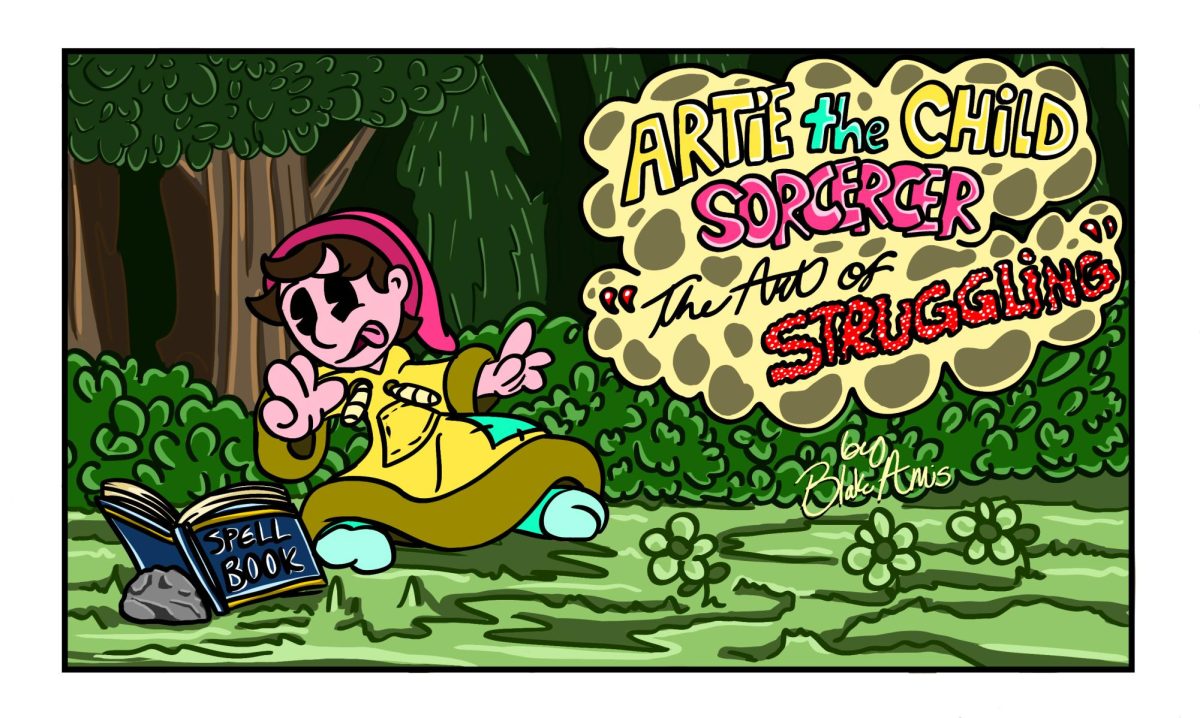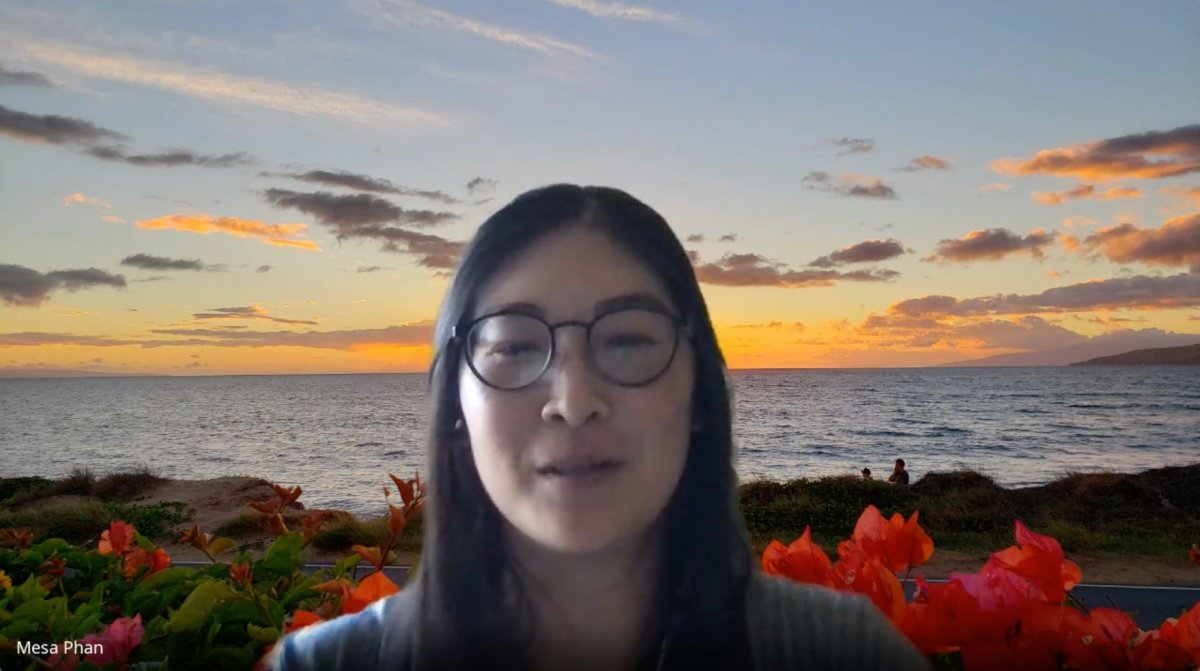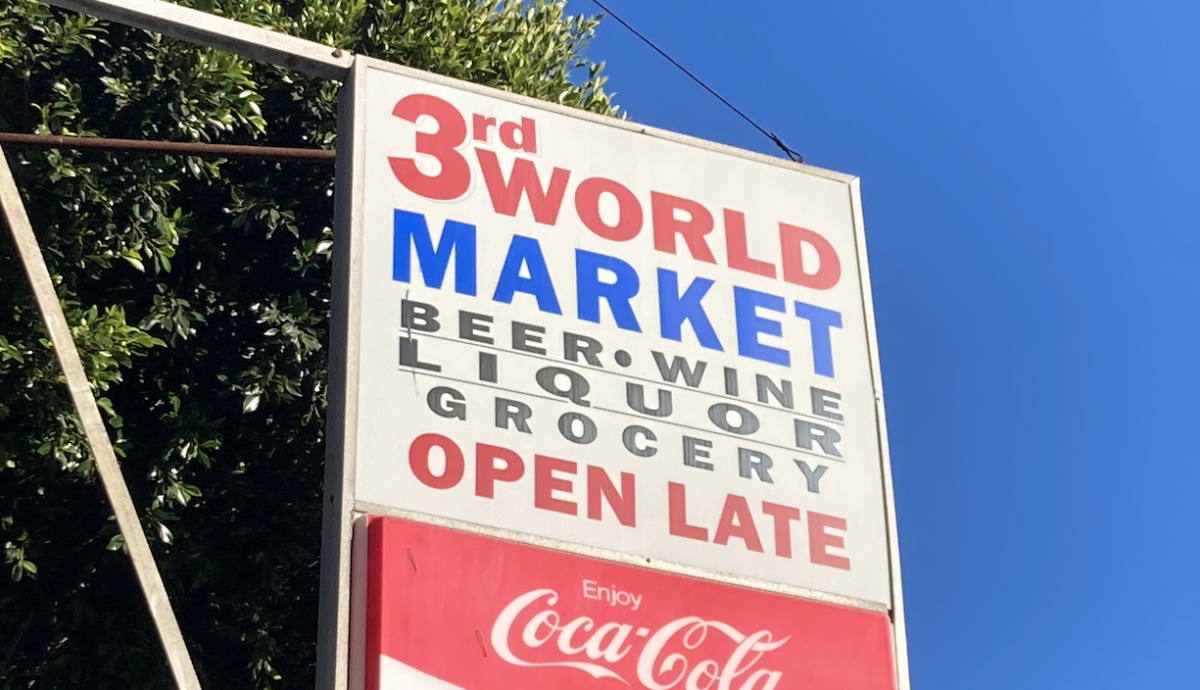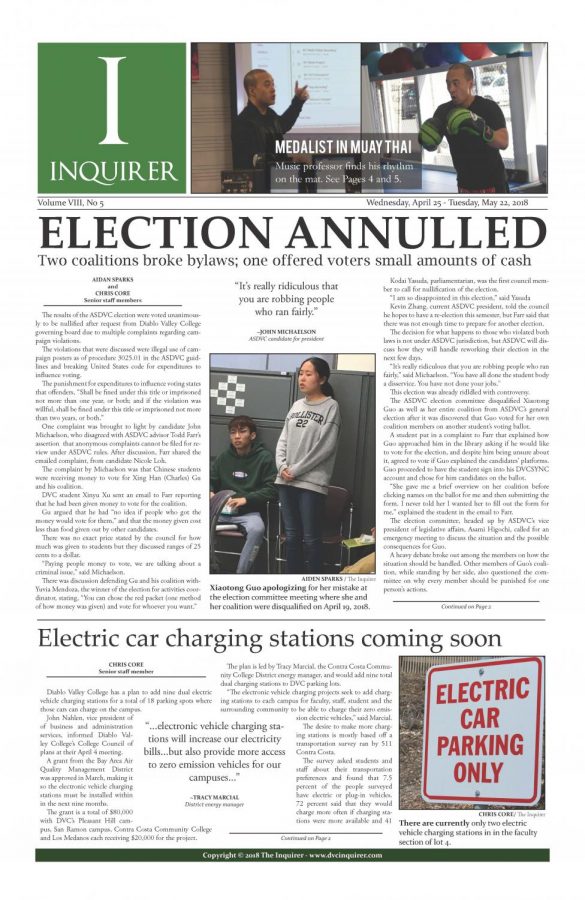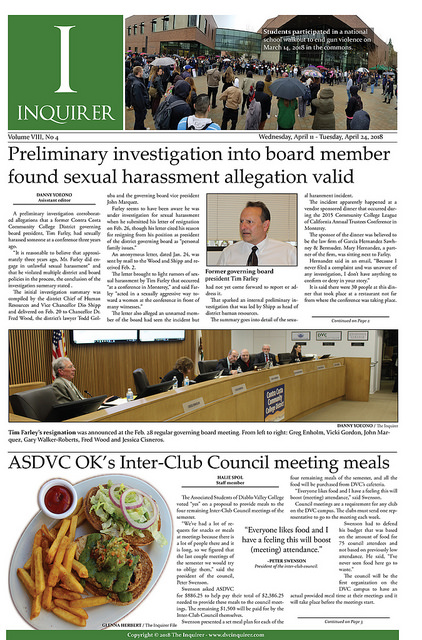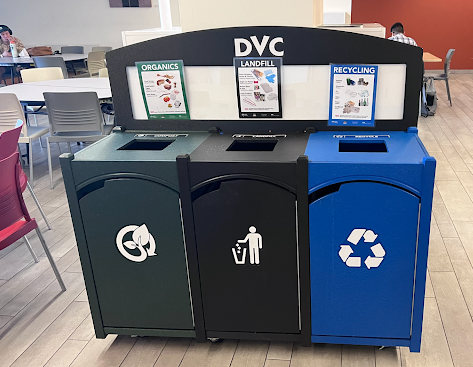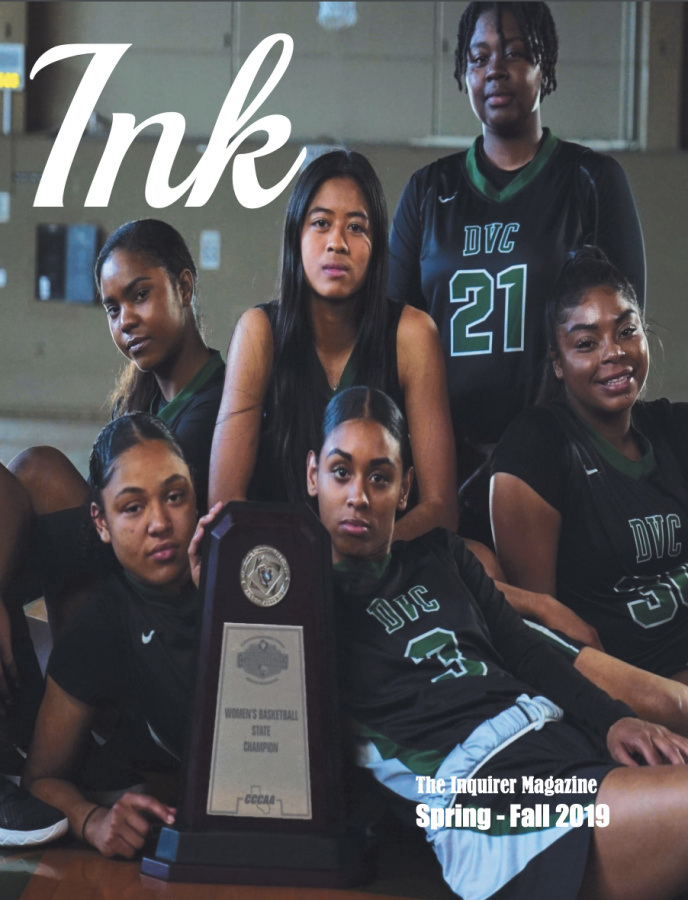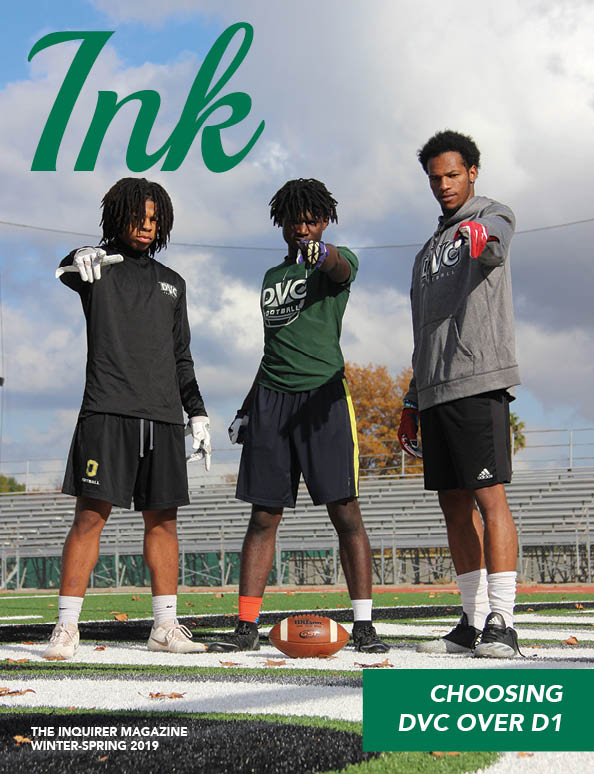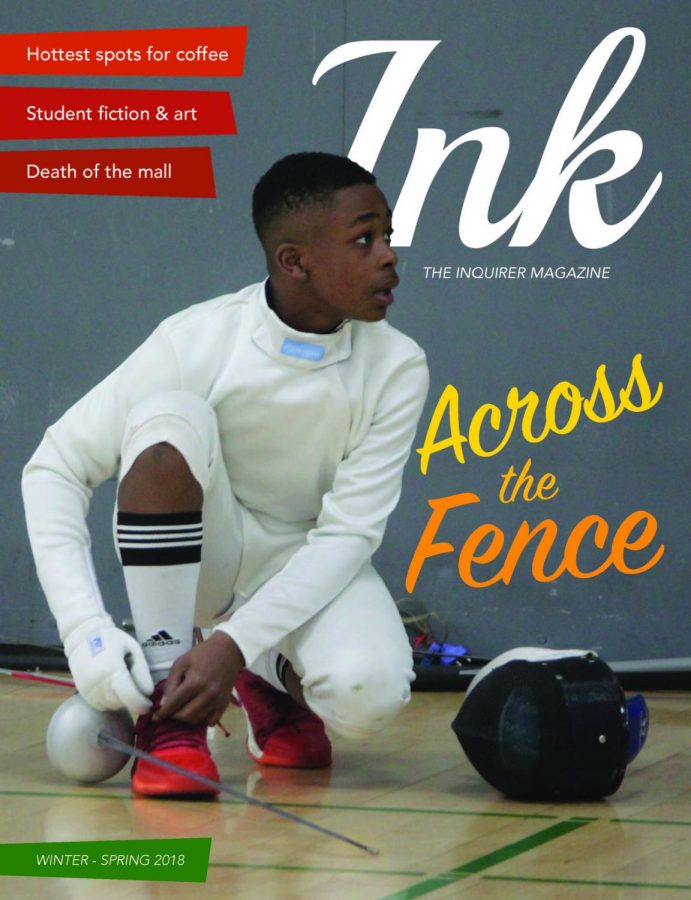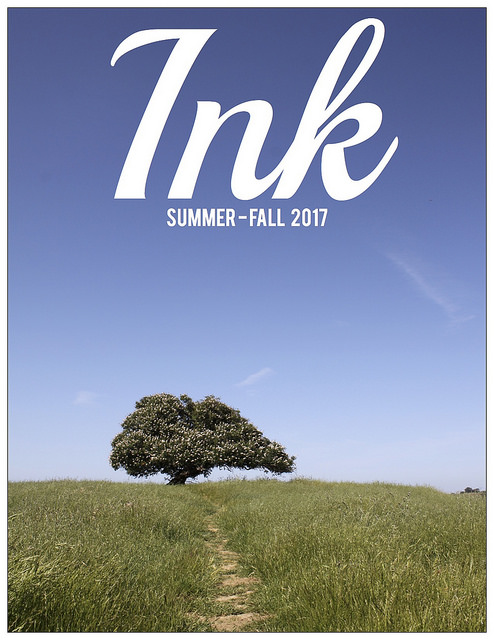Alexis Lovelace, a 24-year-old student at Diablo Valley College, commutes from Fairfield to the Pleasant Hill campus twice a week this semester. That’s only half as often as the early childhood education, sociology and social justice major drove to school last fall, when she crossed the Benicia-Martinez Bridge four times a week — and racked up a significant bill in the process.
Each one-way charge across the bridge cost Lovelace $7, for a total of nearly $900 in toll charges last semester. Trying to find alternative solutions to save money, she researched the bus schedule, but the two-hour commute was an unrealistic option.
“The most frustrating part is that my tax dollars went to the roads, we have to pay for the roads to be built, we have to pay for the tolls to be constructed, and then we have to pay to use the roads that we paid to create,” she said. “It just feels like a constant never-escaping cycle: with we have to pay to use everything.”
Lovelace is not alone in her frustration with the rising costs to get to campus. As Bay Area tolls increase, they are adding another layer of economic hardship for student commuters like Lovelace who need to purchase books, course materials and classes themselves — not to mention a parking permit and the sky-high price of gas.
Not only are the cost of tolls rising generally, but students are now exposed to multiple structures of toll charges, including FasTrak Express Lane tolls as they drive to and from campus, prompting many to wonder how it has gotten this hard to travel for school.
According to the Metropolitan Transportation Commission, or MTC, FasTrak Express Lanes strive to “provide reliable travel times for solo drivers and better manage all lanes to keep traffic moving.”
The region’s seven state-owned bridges, including the Richmond-San Rafael Bridge and the San Mateo-Hayward Bridge, are all managed by the Bay Area Toll Authority (BATA), which has created what it calls a relief plan to lessen traffic and enhance transportation in the Bay Area.
The program featured a three-step, one-dollar toll increase that was implemented in 2019, 2022 and 2025. Meanwhile, BATA’s partner, the MTC, has proposed a future schedule that increases toll bridge costs each year by $0.50. If approved, toll bridges in the Bay Area will charge $10.50 one-way by Jan. 1, 2030 according to the commission.
For many students, the fees now being charged for access to public bridges and roadways is simply too much.
Art Digital Media major Allan Duran commutes from Martinez to the DVC campus, and said that while the tolls don’t affect him personally, he can understand the financial struggle they put upon students.
“Not everyone has a super stable job,” said Duran. “It doesn’t bother me specifically but some students are tighter on money and that’s just an extra thing to pay.”
Students not only experience bridge tolls, but in addition are exposed to FasTrak Express Lane tolls operated by BATA’s partner, the Bay Area Infrastructure Financing Authority, which run Monday through Friday between 5 a.m. and 8 p.m.
Toll prices for FasTrak Express Lanes get adjusted every few minutes, and see an upsurge when traffic builds. Highways such as the 580, 680, 880, 101 and State Route 23 all have express toll infrastructure, which some students view as especially burdensome.
“I think it’s a little bit ridiculous,” said DVC student John Wadsworth, reflecting on the economic unfairness that students often can’t drive in the express lane due to the high cost.
“It doesn’t seem right,” he said. “It should be the same price no matter what it is.”
Helena Osman, an electrical engineering major, carpools to DVC from the Brentwood/Oakley area and said she uses the FasTrak Express lane every time she commutes to campus.
“I don’t know personally why they are increasing the price, if I had actually known the reason, maybe it would make more sense.”
However, for some, the FasTrak Express Lane makes sense and doesn’t pose much of an economic problem.
“I think it’s smart in a way, because if the traffic is more heavy you’re most likely going to use the FasTrak lane, and with the price already low it’s going to get backed up anyway,” said DVC student Dani Arenas.
“So the higher the price, people are less likely to go into it, so it will go faster anyways.”
The results of Bay Area tolls not only tap into students’ wallets while commuting for in-person classes, but also affect students’ work life.
Lovelace said she will continue to cross the bridge twice weekly to further her education, but when it comes to looking for a job, her search may narrow to workplaces that are closer to home.
“That was the biggest thing,” she said. “I’m trying to find work right now, and I won’t work anywhere where I know I have to commute. I can’t afford it right now.”


